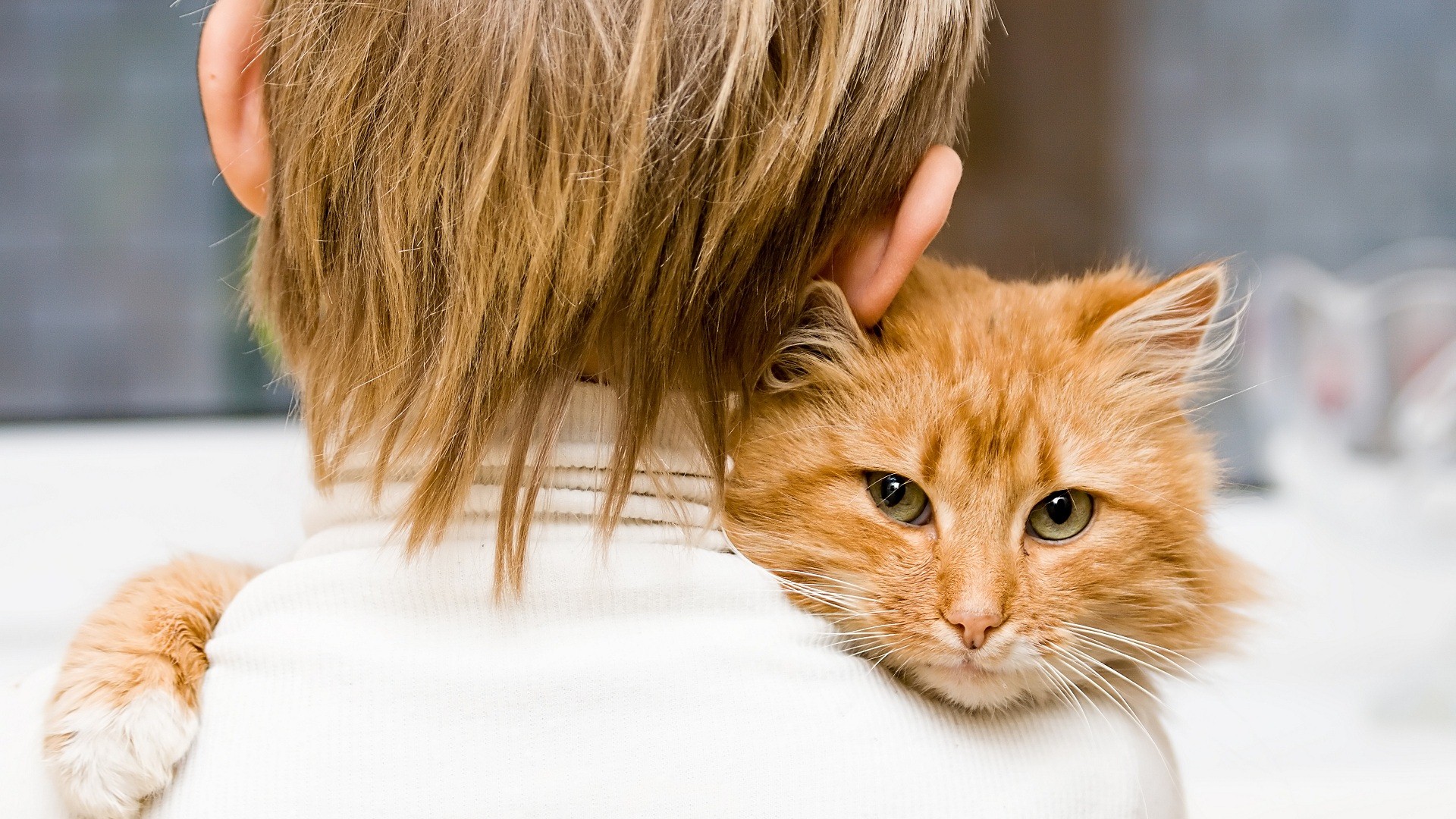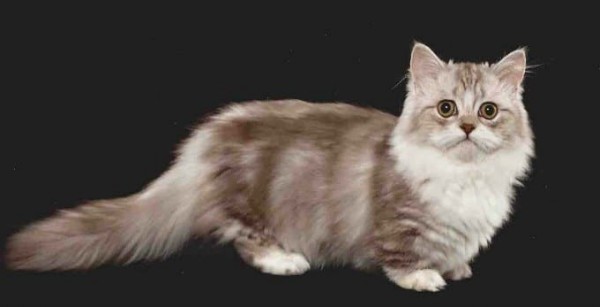التغذية الصحية
يفضل أستعمال الأغذية المصنعة والتي تناسب مختلف الأعمار والتي تحتوي على العناصر الغذائية المختلفة. فالغذاء الجاف أو المعلب يحتوي على خليط من اللحوم مثل العضلات والقلب والرئة والكبد مع نسبة من البقوليات مثل الأرز والذرة والشعير والقمح والخضراوات والفيتامينات والمعادن.
والطعام الجاف عادة ما يتطلب شرب الكثير من الماء النظيف الذي يجب توفرة في وعاء خاص.
| العمر | الوزن | عدد الوجبات | اليومي |
| 2 – 3 شهر | 0.8 – 1.5 كجم | 4 – 5 | 200 – 300 جم |
| 4 – 5 شهر | 1.6 – 2.0 كجم | 3 – 4 | 280 – 300 جم |
| 5 – 6 شهر | 2.0 – 2.5 كجم | 2- 3 | 230 – 280 جم |
| 6 – 8 شهر | 2.5 – 3. كجم | 2 | 230 – 330 جم |
| 8 أشهر فما فوق | 4.0 – 4.5 كجم | 2 | 300 – 330 جم |
وهنا يجب أن أؤكد أن الغذاء الجاف أفضل من الغذاء الرطب للمحافظة على صحة الأسنان فضلاً عن إمكانية تركه لوقت طويل دون أن يتلف أو يعطي رائحة وتعرضه لتجمع الذباب والحشرات.
وهناك أطعمة كثيرة ذات نكهات مختلفة من الدجاج والسمك ولحوم والخضراوات، كما يمكن استعمال الأغذية المطهية حيث تقدم حسب الحاجة لضمان عدم تلفها.
يمكن إعطاء اللحوم الطازجة من وقت لآخر ويفضل إعطائها عقب الانتهاء من تناول وجباتها، ويفضل أن تقدم مطهية حيث إن اللحوم غير المطهية تعرضهم للإصابة بميكروب السالمونيلا.
كما يراعي أن يقدم الغذاء فاتر الحرارة وليس حاراً أي بدرجة حرارة الغرفة وليس خارجاً من الثلاجة لأن القطط ترفض الطعام البارد جداً، أما عند أستعمال عبوات صغيرة فيفضل أن تستعمل بالكامل بعد فتحها.
والقطط عادة تستمتع بالآكل وتمضغ ببطء.
كما يجب الإشارة إلى أن القطط قد تصاب بالإسهال عند تناول للألبان أو الكريمة وهذا يؤجع إلى لاكتوز اللبن. ومن ناحية أخرى فمنتجات الألبان تحتوي على بروتينات عالية الجودة وكالسيوم، ويمكن تغذية القطط عليها باطمئنان عن طريق تغذية منتجات الألبان المخمرة مثل اللبن الرايب والجبن.
وقد تقوم القطط أحياناً بالتغذية على حشائش الزرع أو الحدائق عندما تكون في حاجة لمساعدة جهاز الهضمي في عملية الهضم وخصوصا عند بلعها لكرات الشعر عند تنظيف نفسها والتي قد تؤدي إلى حدوث اضطرابات هضمية.
ويمكن كذلك تقديم عجينة البقوليات في مساعة عمليات الهضم.
Health Nutrition of cats
It’s recommended to use processed foods that are suitable for different ages & contain different nutrients. Dry or canned food contains a mixture of meat such as muscle, heart, lung and liver with a proportion of legumes such as rice, corn, barley, wheat, vegetables, vitamins and minerals.
Dry food usually requires drinking plenty of clean water which should be available in a special bowl.
Age Weight Number of daily servings
2 – 3 months 0.8 – 1.5 kg 4 – 5 200 – 300 g
4 – 5 months 1.6 – 2.0 kg 3 – 4 280 – 300 g
5 – 6 months 2.0 – 2.5 kg 2 – 3 230 – 280 g
6 – 8 months 2.5 – 3. kg 2 230 – 330 g
8 months and above 4.0 – 4.5 kg 2 300 – 330 g
Here I must emphasize that dry food is better than wet food to maintain the health of teeth as well as the possibility of leaving for a long time without being damaged or give an odor and exposure to the collection of flies and insects.
There are many foods with different flavors of chicken, fish, meat and vegetables, and cooked foods can be used as needed to ensure they are not damaged.
Fresh meat can be given from time to time and preferably given after meals are finished, preferably cooked, as uncooked meat is exposed to salmonella.
It also takes into account that the food is lukewarm and not warm at room temperature and not out of the refrigerator because the cats refuse very cold food, but when using small containers it is preferred to be used fully after opening.
Cats usually enjoy eating and chew slowly.
It should also be noted that cats may have diarrhea when eating milk or cream and this leads to lactose milk. On the other hand, dairy products contain high-quality proteins and calcium, and cats can be fed safely by feeding fermented dairy products such as yogurt and cheese.
Cats sometimes feed on planting grasses or gardens when they need to help the digestive system in digestion, especially when swallowing the balls of hair when cleaning themselves which may lead to digestive disorders.
Pulses can also be made in the process of digestion.







